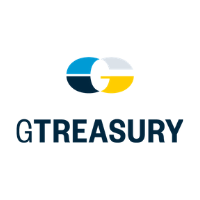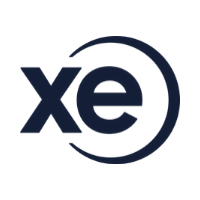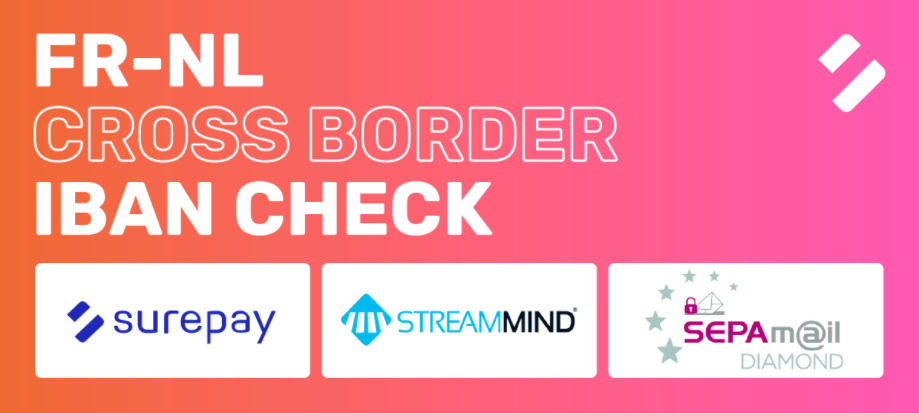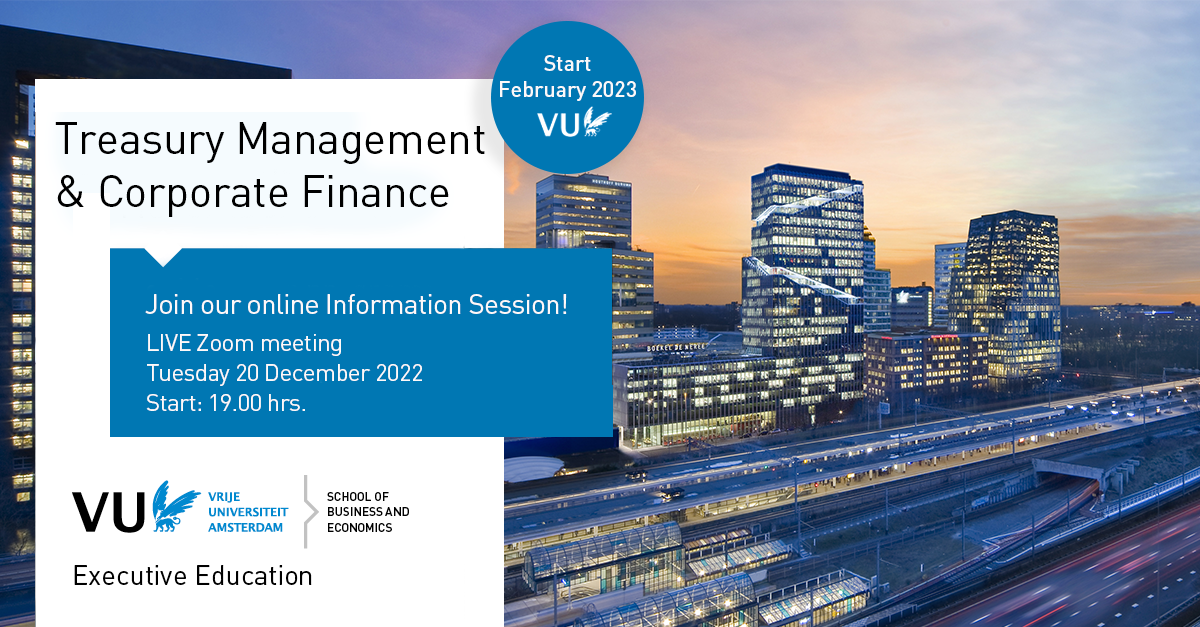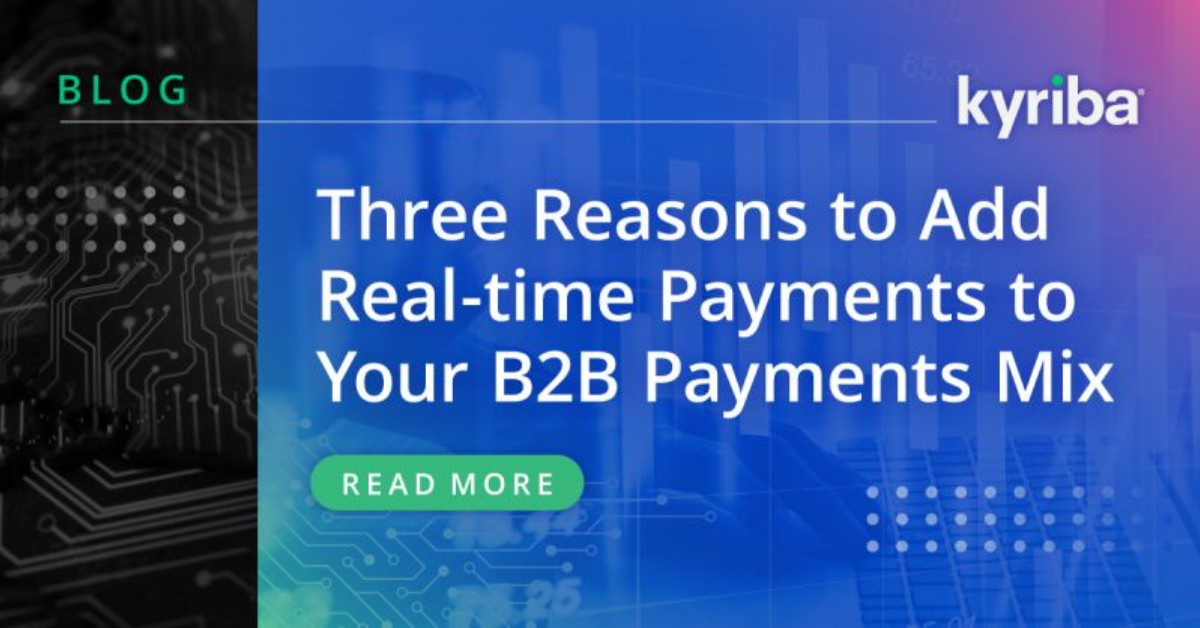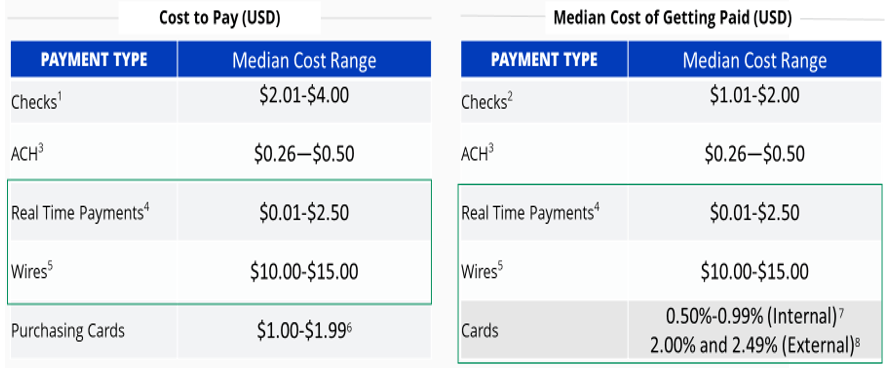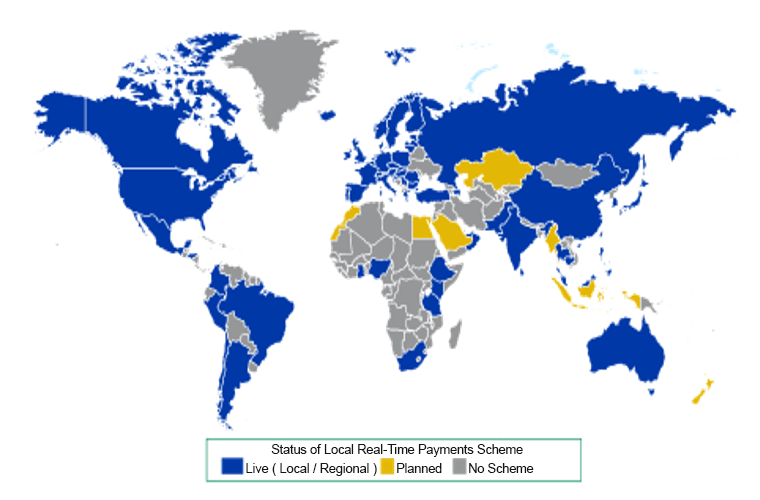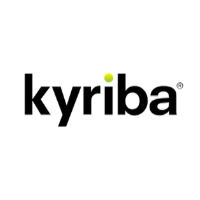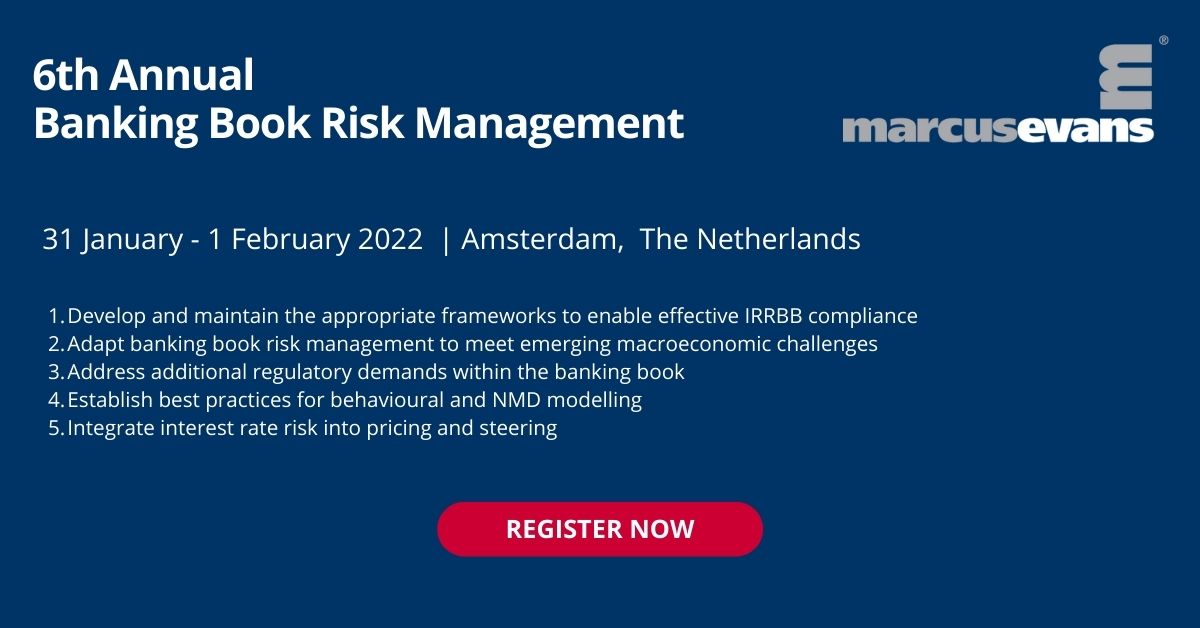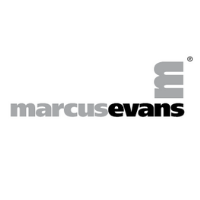20-12-2022 | treasuryXL | Dinesh Kumar | LinkedIn |
Meet our newest expert for the treasuryXL community, Dinesh Kumar.
Dinesh is specializing in architecting and leading large scale treasury technology transformations helping clients embrace the power of technology. He supports group wide treasury projects in the further development of a broad range of methods and processes in the related treasury IT systems, e.g., improvement of cashflow planning, FX management and treasury reporting.
He involves in designing overall organizational strategy in the field of treasury technology application services, including evaluating new processes, models, pricing, and tools and related competitive offerings delivered treasury Service providers.
Dinesh has successfully led large treasury transformations projects utilizing SAP S/4 HANA across US, Australia, and Middle East region.
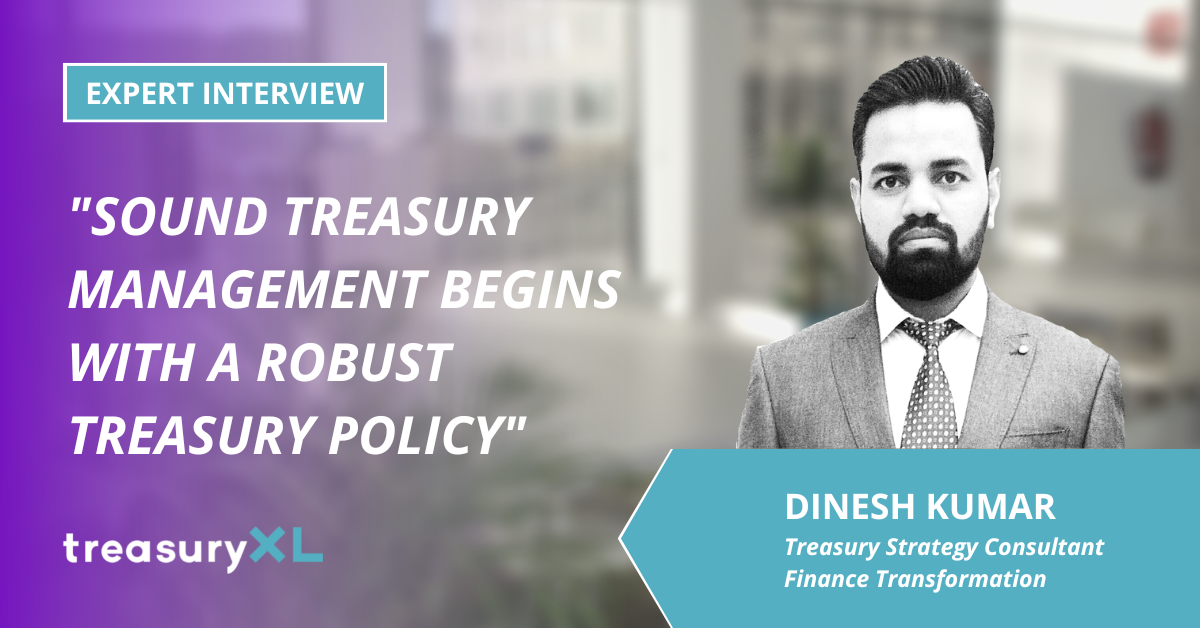
We asked Dinesh 8 questions, let’s go!
INTERVIEW
1. How did your treasury journey start?
After finishing my studies in Finance, I started working on stock and option trading platforms at a stock broker firm. I learned the basic concepts of stocks and options. I also built up experience at the front office, middle office, and back office. During my time at this stock broker firm I received a lot of exposure working on trading platforms.
After 2 years, I got a chance to work on a SAP treasury implementation for a giant telecom company. I worked on Money Markets, Derivatives, Forex and Cash Management. Since then I am working on Treasury transformation projects for various clients in various countries.
2. What do you like about working in Treasury?
I love the diversity of challenges. You are dealing with the financial heart of the company and need to make sure that the right amount of blood reaches every cell. I was more into technology so turning treasury operations into systems was always challenging. I worked for many international clients, I had the opportunity to learn how different companies from different sectors and industries adapt their treasury operations and cash management as per various country regulations.
3. What is your Treasury Expertise and what expertise gives you a boost of energy?
I have been working in various roles on different Treasury projects, from interim roles to system implementations. My core treasury expertise areas are the selection and implementation of Treasury Technology (i.e., SAP, Payment Hubs, SWIFT, integration with Trading Platforms), Treasury Analytics and Insight, Technology Integration and Optimization, and Application Managed Services.
4. What has been your best experience in your treasury career until today?
For me, it’s working with different geographies, different people and cultural diversity that I personally feel is the greatest experience so far.
5. What’s the most important lesson that you’ve learned as a treasurer?
“Sound treasury management begins with a robust treasury policy”.
6. How have you seen the role of Corporate Treasury evolve over the years?
Treasurers play a unique role in managing a large portion of the balance sheet. In addition to the detailed understanding of the organization in which they operate, they are closest to macro-economic developments, particularly financial markets, and can offer valuable insights to support corporate strategy.
Increasingly over the last 10-15 years treasurers have been asked to play a bigger role, as a strategic partner to the board, advising on how best to build the business line with funds available. Treasurers, certainly in the larger companies, are now much more visible in the board room, recognized for the skills and knowledge they can bring to the table.
7. What developments do you expect in corporate treasury in the near and further future?
More and more treasurers are getting involved in ESG initiatives. Not only financing them but also embedding them into treasury processes and spearheading departmental sustainability projects. When discussing ESG in corporate treasury, green financing is often mentioned as one of the main instruments to support ESG goals.
I sense that treasurers generally are now exploring options other than multiple spreadsheets, excel data, and month-end accounting and reporting much more than they used before Covid. They are devoting more time and energy to enterprise digitalization and process automation. This is enhancing their ability to support the business round the clock from the office or virtually.
With the help of technologies like AI, we can make fact-based decisions much more rapidly in terms of resources available. Such advances are helping us to analyze M&A opportunities more critically, and explore funding, forecasting, and hedging options more forensically, even helping predict and shape our responses to supply chain disruptions.
Technology is allowing us to think and act differently, in a good way, and as treasurers, we have to seize it.
8. Is there anything that you would like to share with our treasury followers that they must know from you?
Finance and in particular treasury operations today are very dynamic and open to many uncertainties. And all the signs are that the current turbulence will continue for some time yet, perhaps worsen considerably.
In such a climate treasurers need a highly dynamic approach to fulfilling both their core and strategic responsibilities. They need to anticipate and react quickly to fast-moving developments.
They should not be afraid to act decisively, even though it may not be possible to do so based on having a clear direction and end-point certainty – inaction can also cause considerable damage.
Want to connect with Dinesh? Click here
Thanks for reading!

Kendra Keydeniers
Director Community & Partners, treasuryXL


